The 1980s were full of poster cars and big names, but not every fast car from that decade got its due. While the spotlight was on the Testarossas and 911 Turbos, a handful of sharp-handling, well-engineered, or just plain cool machines flew under the radar. These ten cars had the performance chops and personality to stand out—but time didn’t give them much of a spotlight. That’s about to change.
1984 Pontiac Fiero SE
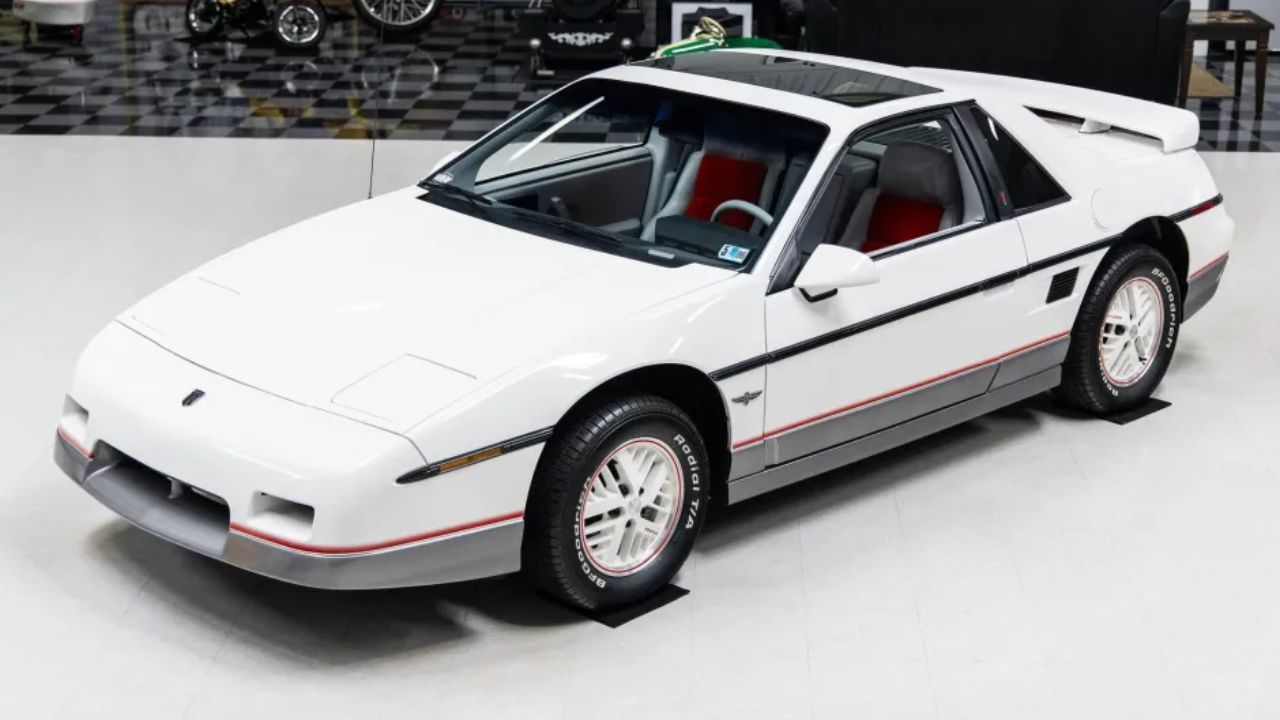
The Fiero’s early years got a bad rep for being underpowered, but the SE model helped clean that up. With a 2.8L V6 making 140 hp by 1985, it finally had enough grunt to match its looks. The weight was rear-biased, and the low center of gravity helped it carve pretty well.
It used a space frame chassis with bolt-on body panels—odd for the era. Inside, it felt sporty and minimal, with bucket seats and a simple dash. It wasn’t perfect, but when properly sorted, it could be a rewarding little corner-carver.
1985 Toyota MR2
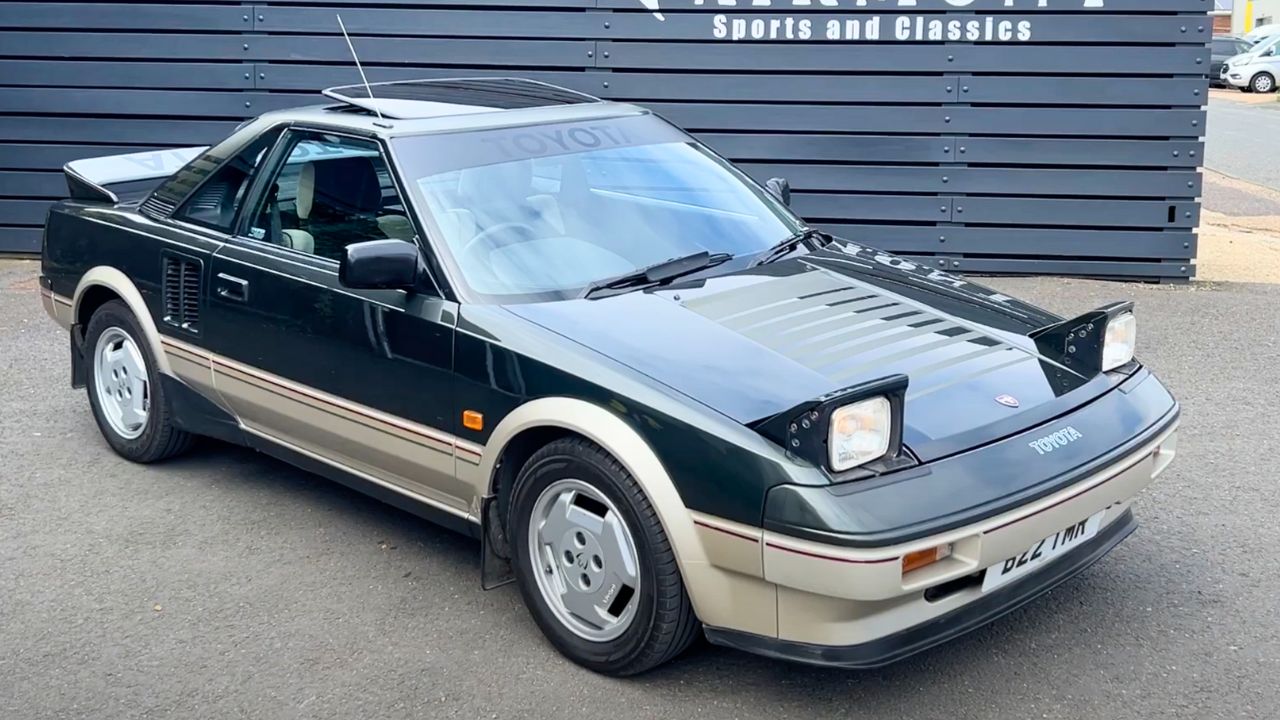
The first-gen MR2 didn’t try to outgun anything—it just focused on balance. Weighing just over 2,300 pounds with a mid-mounted 1.6L inline-4, it made 112 horsepower and revved to 7,500 rpm. It wasn’t fast in a straight line, but it could out-corner bigger, pricier stuff without breaking a sweat.
The independent suspension and rack-and-pinion steering gave it an honest, connected feel. The cabin was simple but driver-focused, with big analog gauges and tight bucket seats. It was pure, usable fun—and it never needed a turbo to get there.
1987 Nissan 200SX SE V6
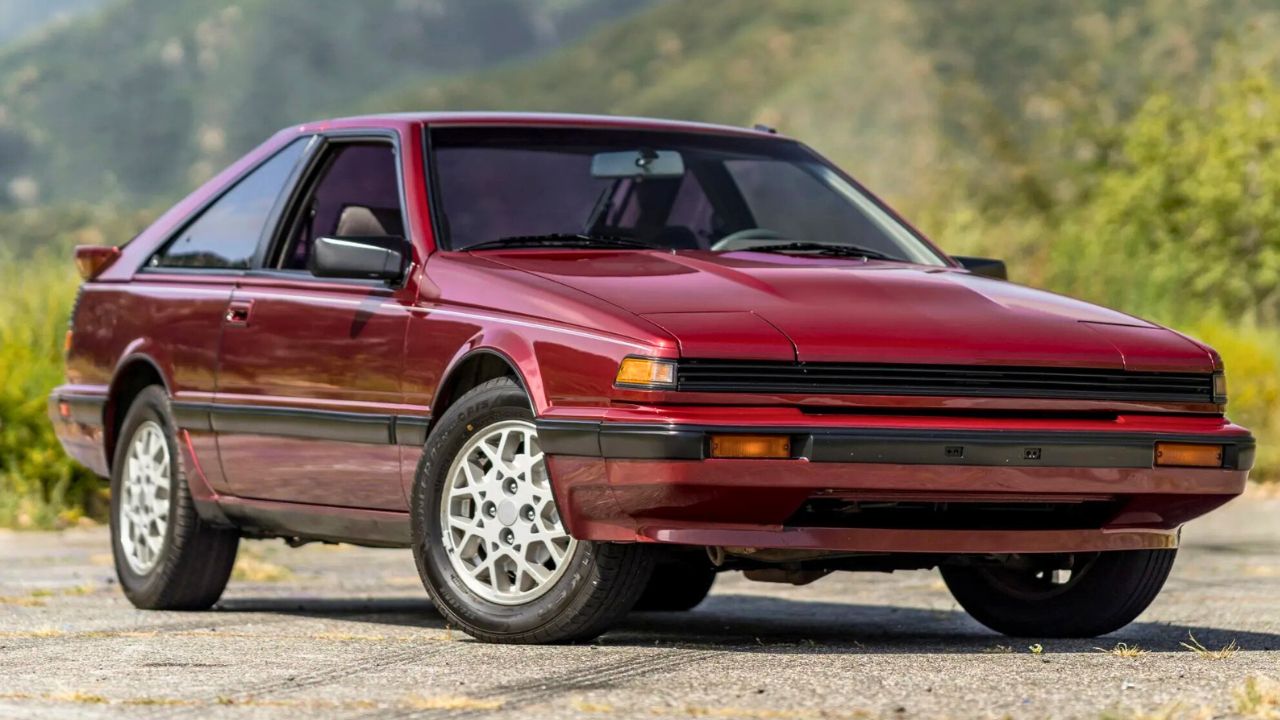
A rear-wheel-drive coupe with a naturally aspirated 3.0L V6 sounds pretty good now—and it did in the ’80s, too. The 200SX SE V6 made 160 horsepower and offered a smooth powerband and decent torque for its size. It wasn’t flashy, but it was well-balanced and had solid straight-line pull.
It ran a front strut/rear semi-trailing arm setup and felt more mature than a lot of front-drive rivals. Inside, you got digital gauges, firm bolstered seats, and a cabin layout that made it feel like a proper GT car more than a tuner.
1986 Alfa Romeo GTV6
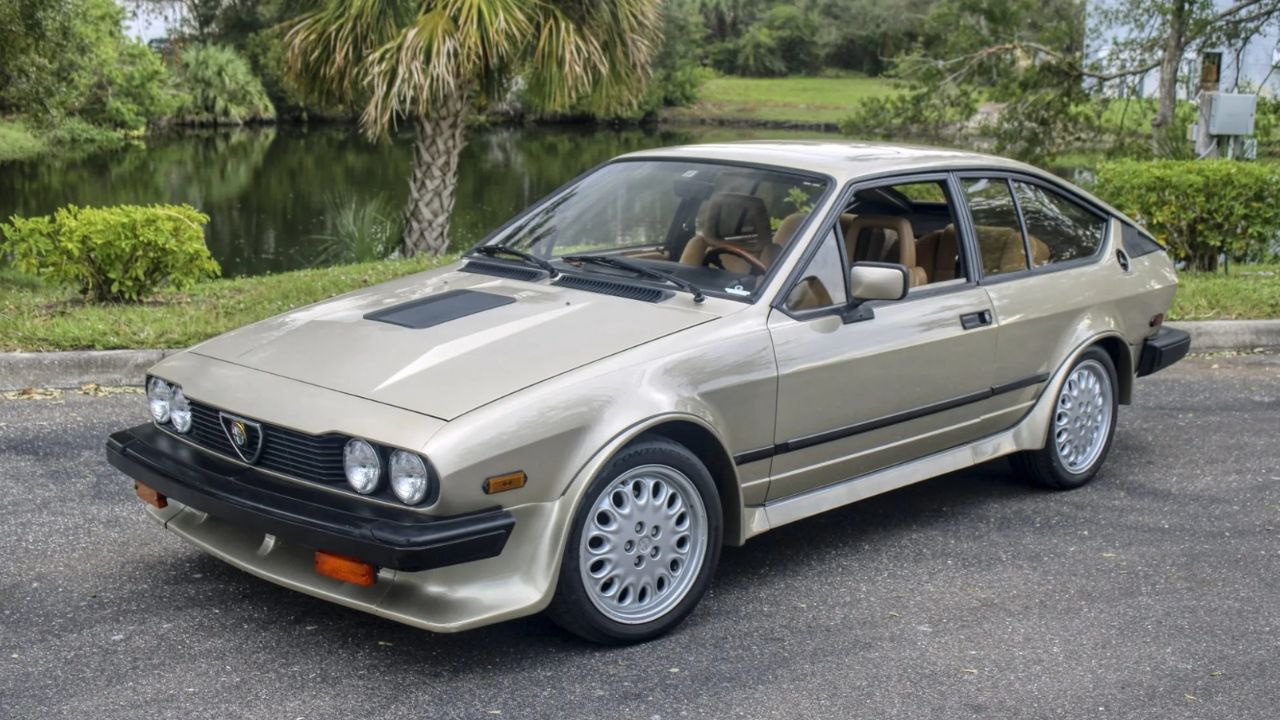
The GTV6 had one of the sweetest-sounding V6 engines of the decade—a 2.5-liter 60-degree V6 making just 154 hp, but with a crisp throttle and excellent character. The 5-speed manual was rear-mounted with the differential, giving it near-perfect weight distribution.
It rode on independent front suspension and a De Dion rear, which kept it more stable than expected in fast sweepers. The interior had deep seats, solid materials, and gauges angled toward the driver. It wasn’t the quickest, but it rewarded a light touch and had a personality most cars lacked.
1982 Mazda RX-7 GSL
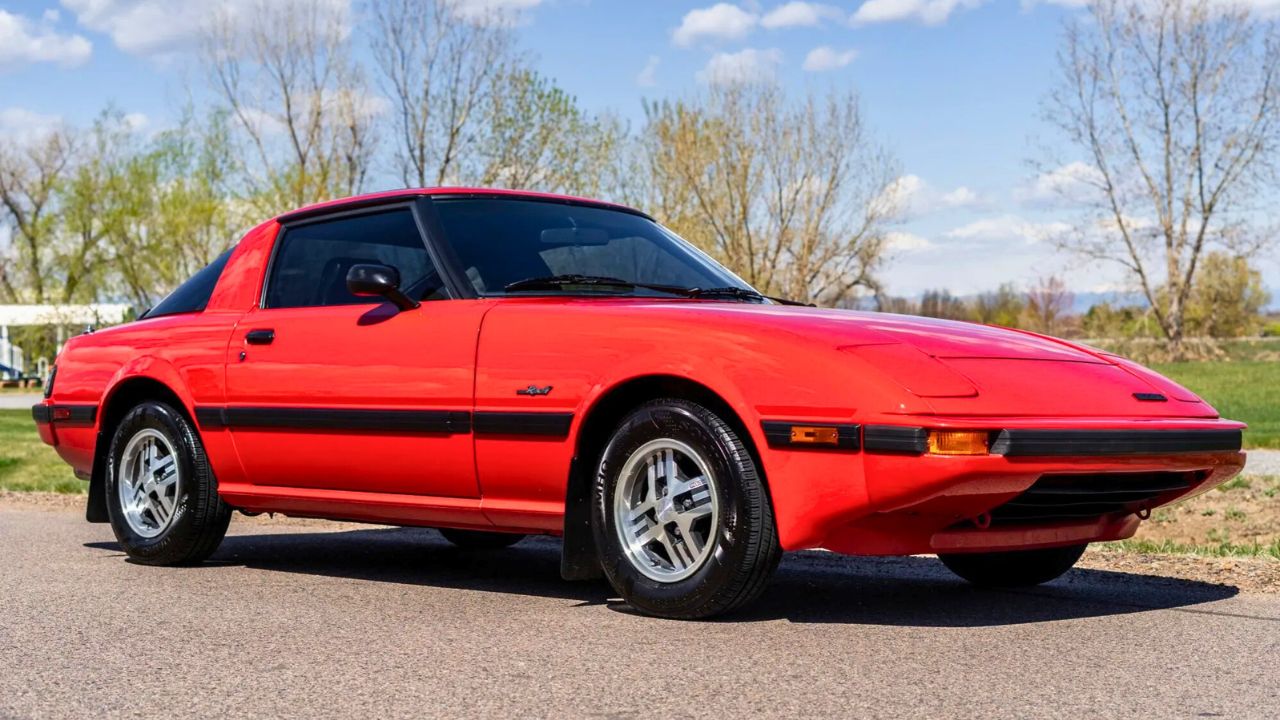
The first-gen RX-7 had already made a name, but the GSL trim brought a tighter package. Its 1.1L rotary only made 100 hp, but it revved easily and the curb weight stayed around 2,400 pounds. It had enough thrust to feel lively in the right gear.
Suspension was independent up front and a live axle with a Watts linkage in the rear. Steering was sharp, and it never felt heavy or vague. Inside, it was clean and analog, with a focus on driving over luxury. It felt more sports car than economy coupe—because it was.
1988 Isuzu Impulse Turbo
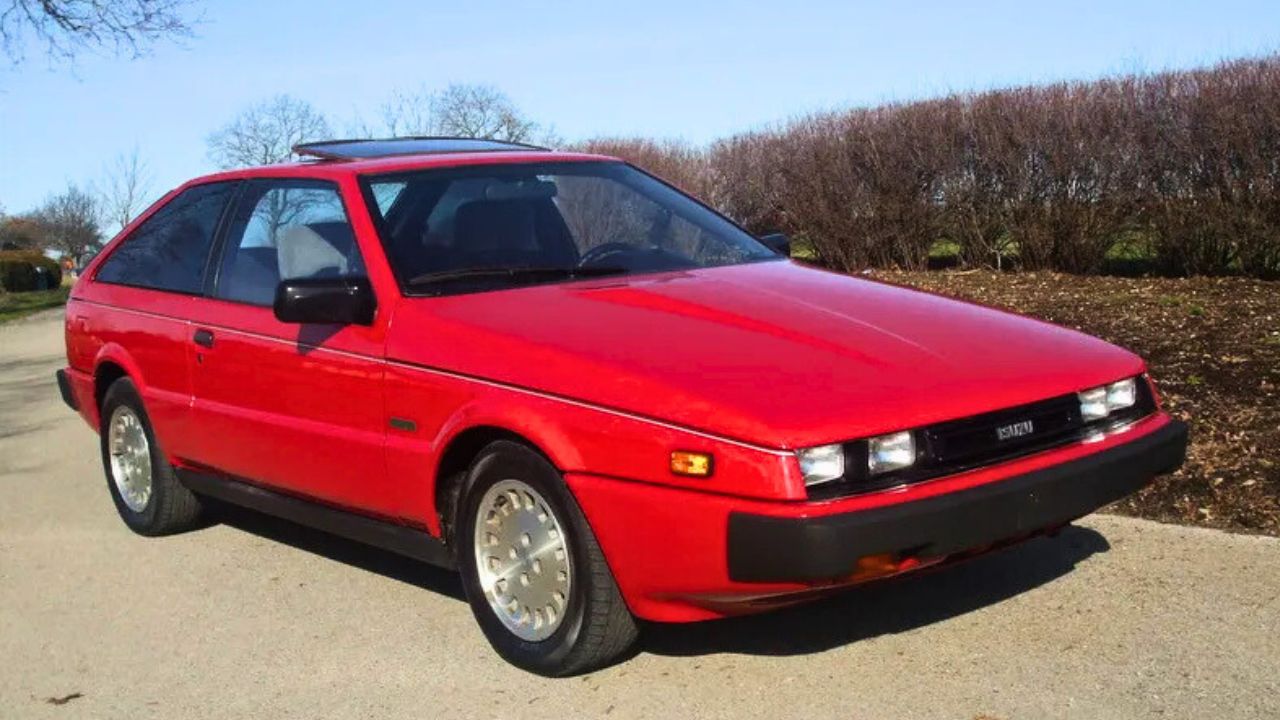
Penned by Giugiaro and tuned by Lotus, the Impulse Turbo didn’t lack credibility. A 2.0L turbocharged inline-4 made 140 hp, and with rear-wheel drive and Lotus-tuned suspension, it was one of the better-handling cars of its time.
The styling was sharp and angular, and the interior featured a wraparound cockpit with digital gauges and a spacey feel. It wasn’t widely marketed, which helped it stay off most people’s radar—but it could embarrass bigger names on a back road without blinking.
1986 Merkur XR4Ti
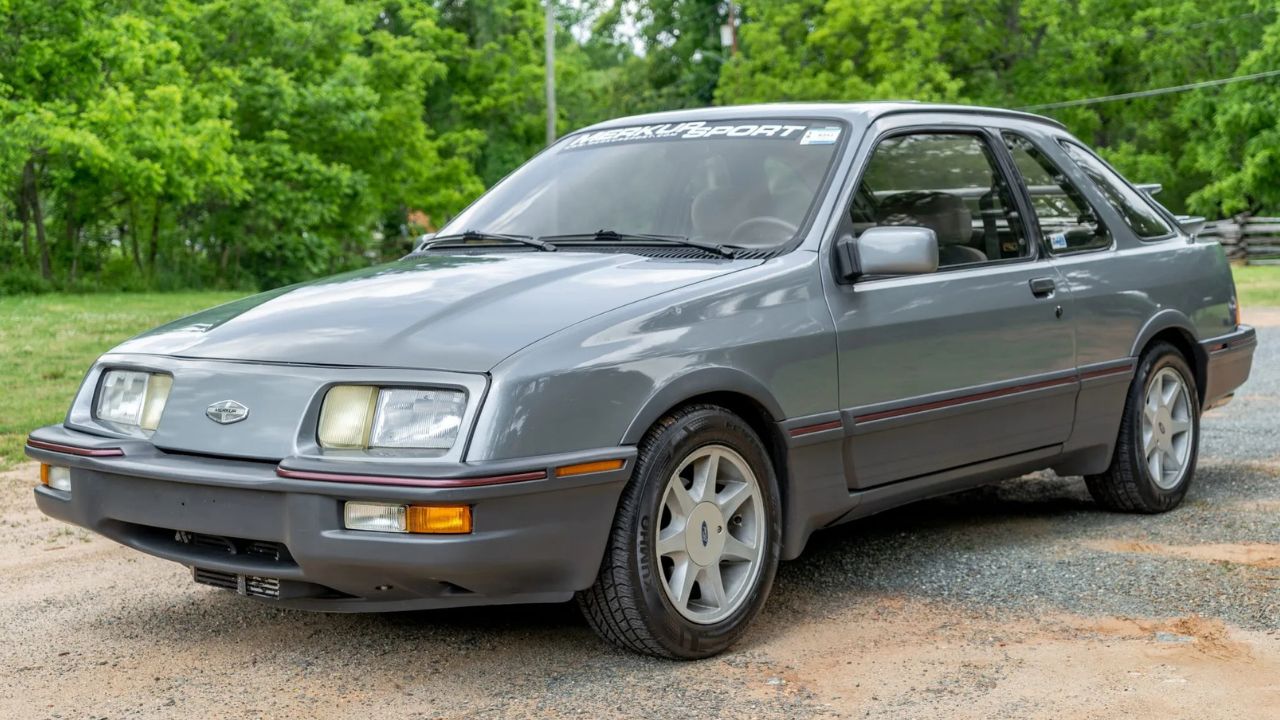
Ford’s Euro-market Sierra came to the U.S. as the Merkur XR4Ti, and while the name didn’t help, the car was far better than most expected. It had a turbocharged 2.3L inline-4 with 175 hp and rear-wheel drive. The 5-speed made it decently quick, even by modern standards.
It used independent suspension front and rear and came with an unusual dual-wing rear spoiler. The cabin was German-influenced, simple, and functional. It had grip, character, and the kind of tuning potential that people are only now beginning to appreciate.
1989 Dodge Daytona Shelby
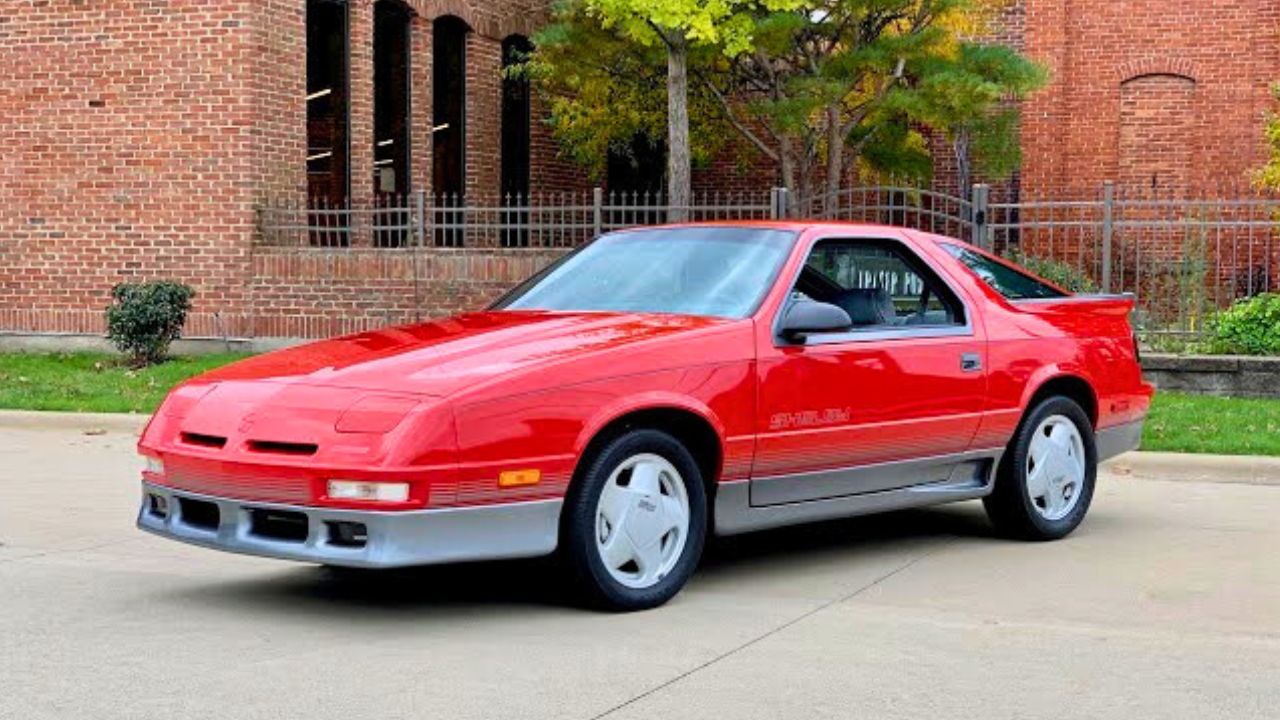
The Daytona Shelby turbo wasn’t subtle, but it did offer real performance. With a 2.2L turbocharged four-cylinder pumping out up to 174 hp, it could hit 60 in the 7-second range. It used a five-speed manual and front-wheel drive, but torque steer was manageable.
Suspension was MacPherson up front and beam axle rear, but revised geometry and decent damping made it capable on smoother roads. The interior had a fighter-jet look with deep bucket seats and bold trim. It wasn’t refined, but it was fast for the money—and easy to upgrade.
1983 Honda Prelude 1.8L
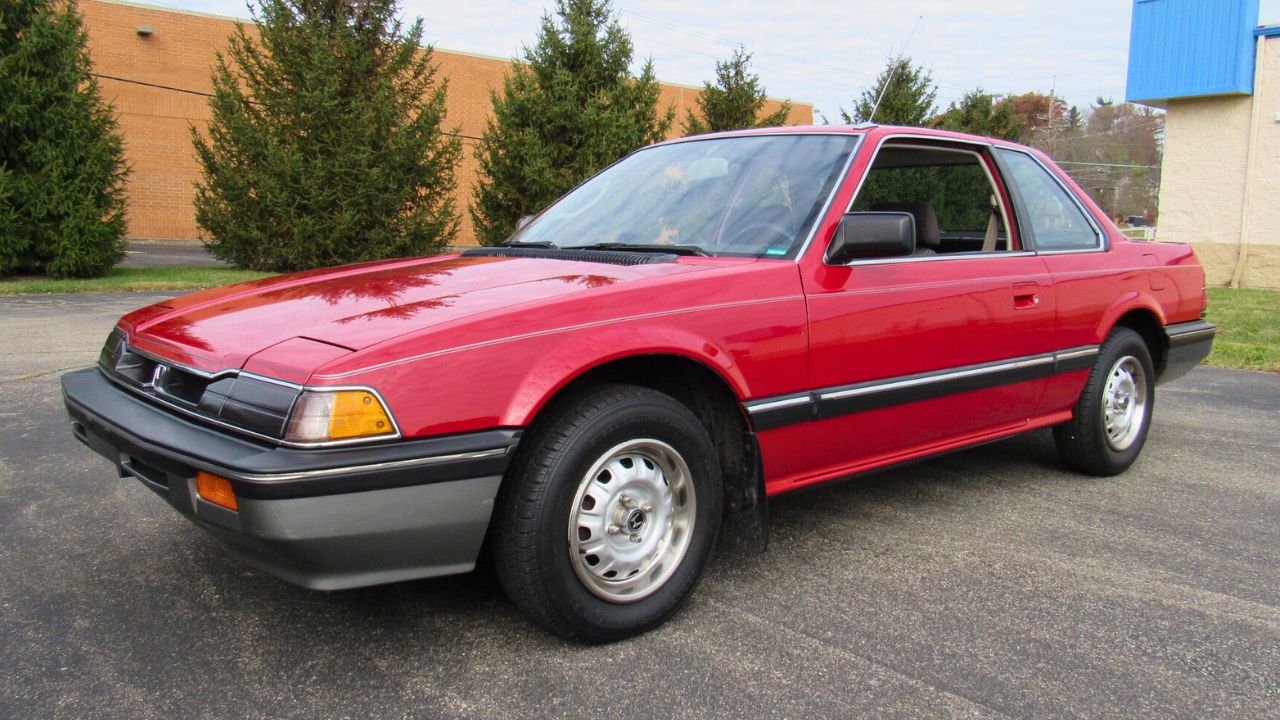
The second-gen Prelude didn’t scream speed, but it handled with a level of precision that few expected. The 1.8L four-cylinder only made about 100 hp, but with a 5-speed and front struts/torsion beam rear setup, it felt surprisingly lively.
Its low hoodline and large glass area gave it a sharp driving position, and the dashboard layout was clean and functional. It wasn’t a hot hatch, but it rewarded momentum driving and offered one of the best steering racks in its class. It quietly did everything right.
1981 Toyota Celica Supra (MK2)
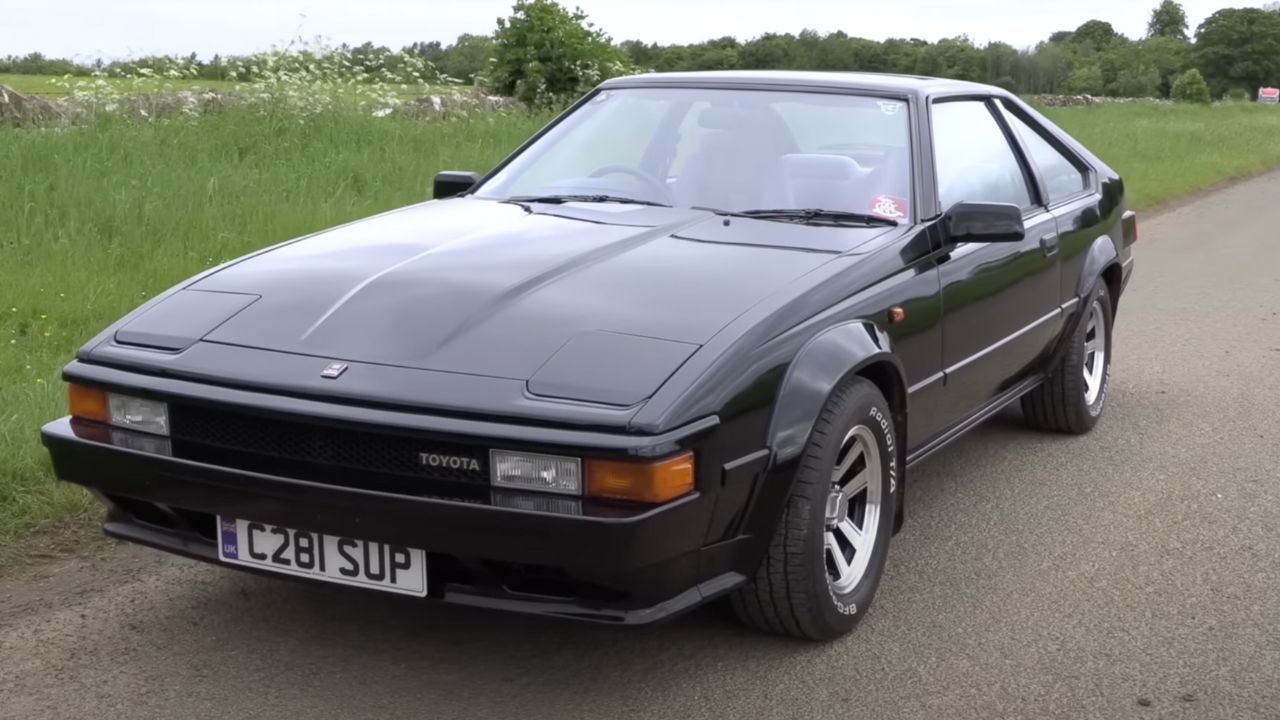
Before the Supra became a performance icon, the early ’80s version was a grand tourer with real potential. The MK2 Supra came with a 2.8L inline-6 making 145 hp, backed by a 5-speed and rear-wheel drive. It wasn’t fast by modern standards, but it had torque and smooth power.
The independent suspension and long wheelbase gave it stability at speed and comfort in everyday driving. Inside, it was well-equipped, with bolstered seats and digital dash options. It straddled the line between sport coupe and cruiser better than most of its peers.
Like what you read? Here’s more by us:
*Created with AI assistance and editor review.

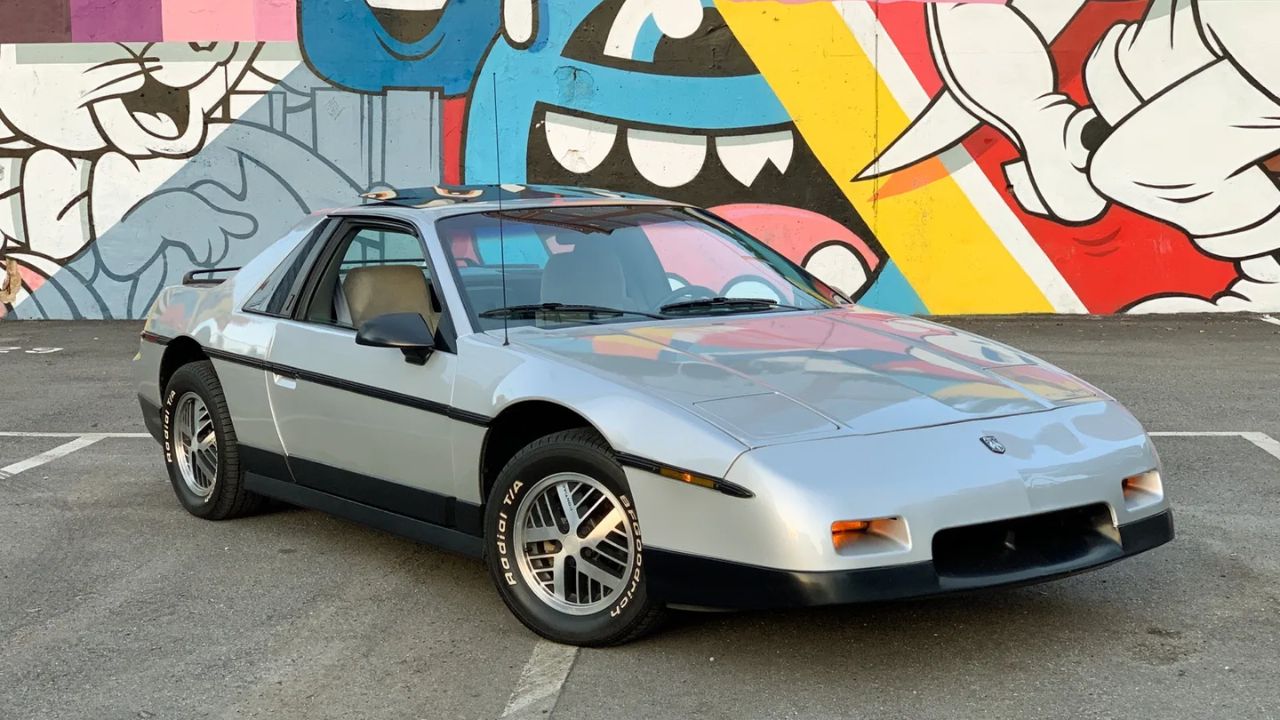
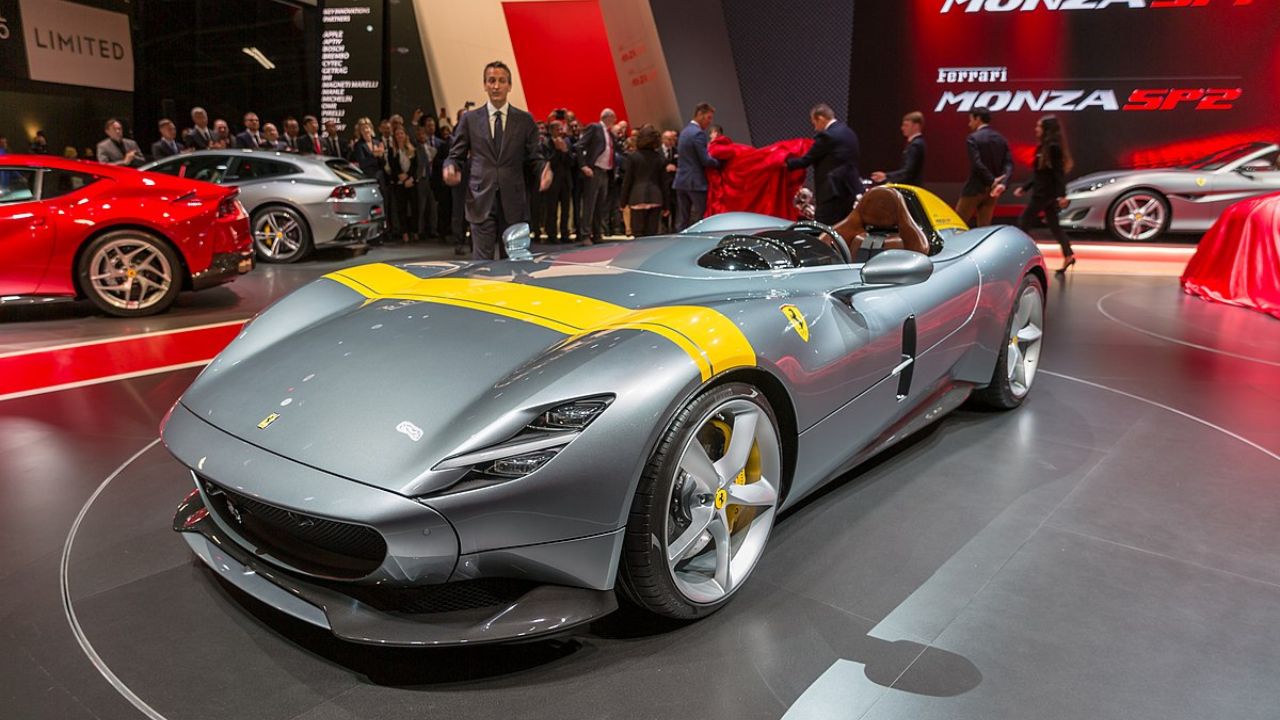
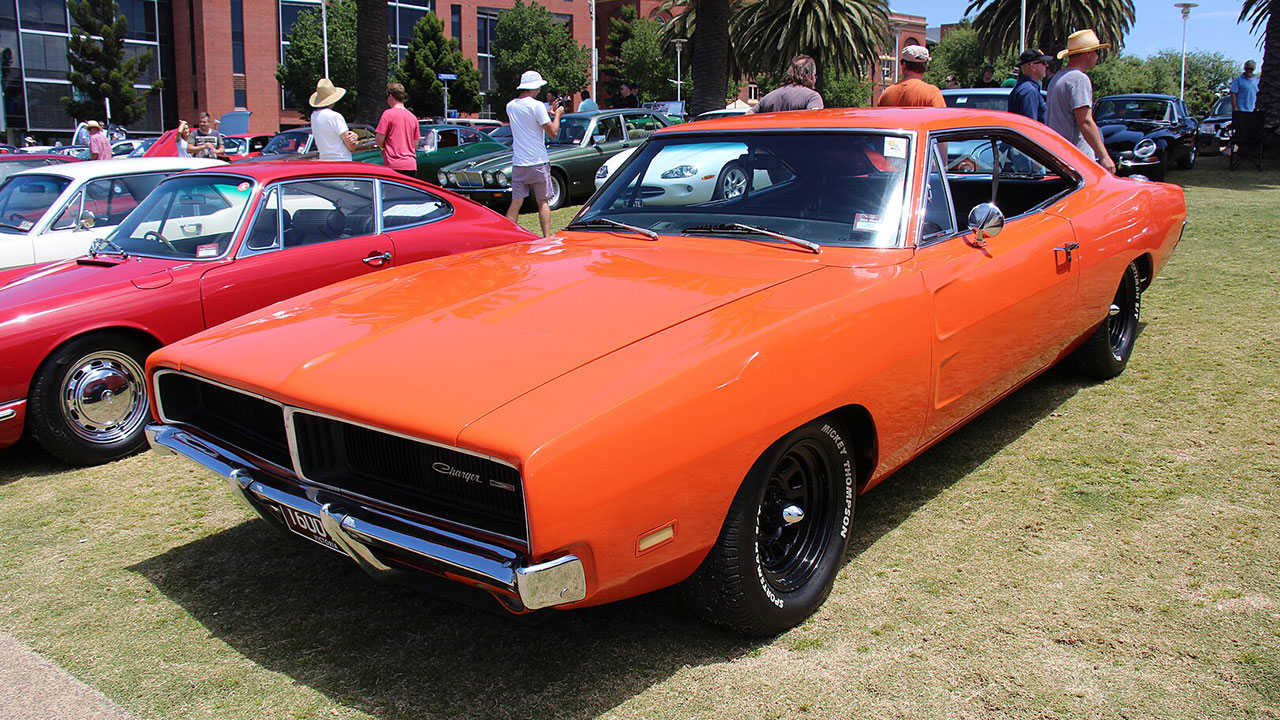
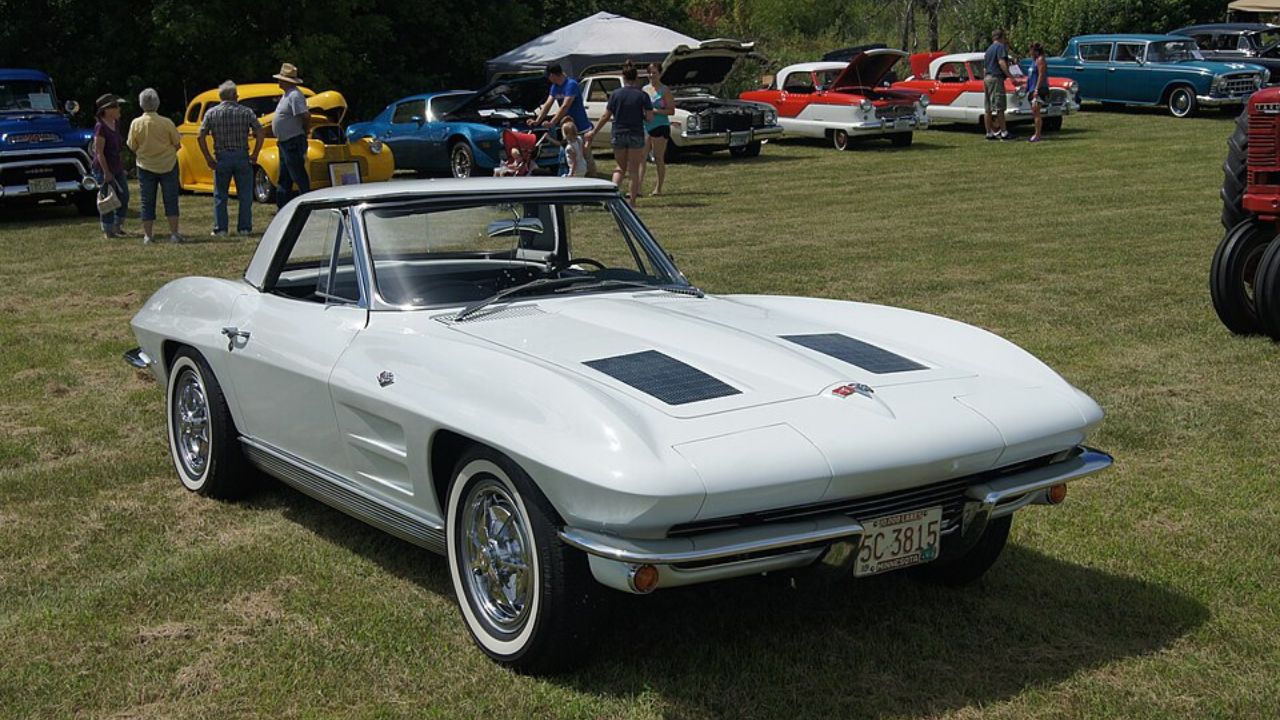

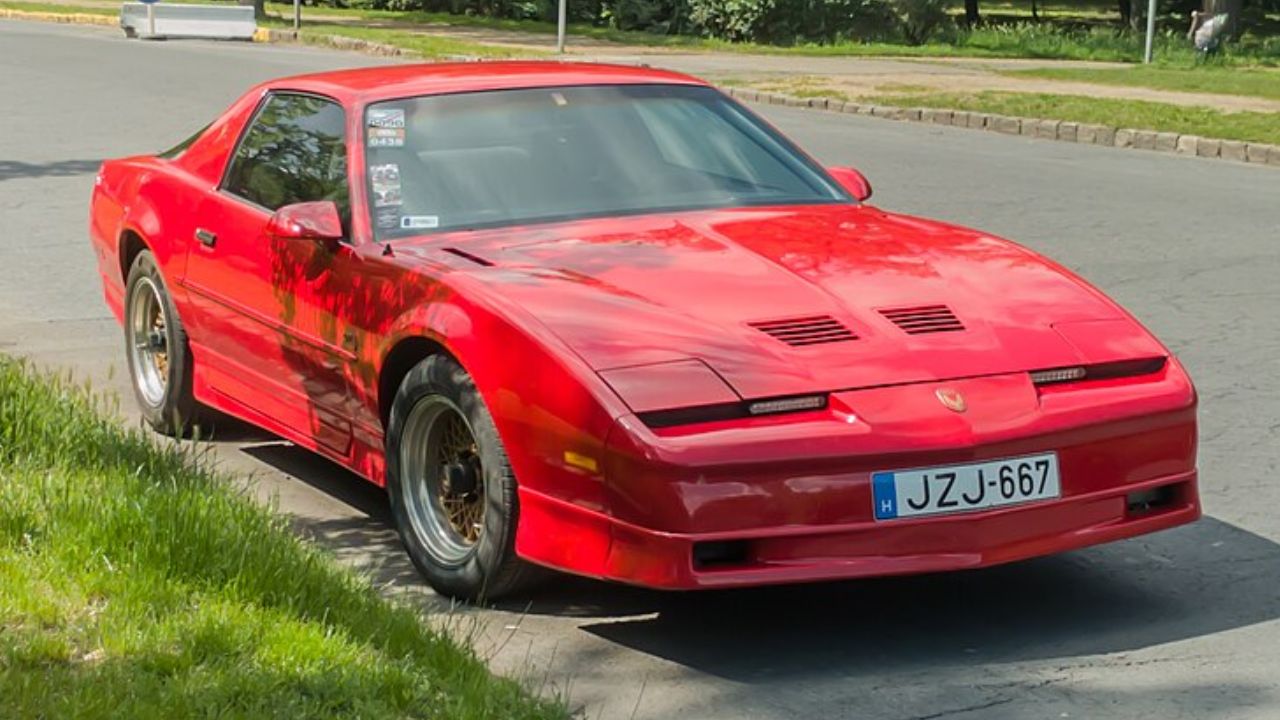
Leave a Reply